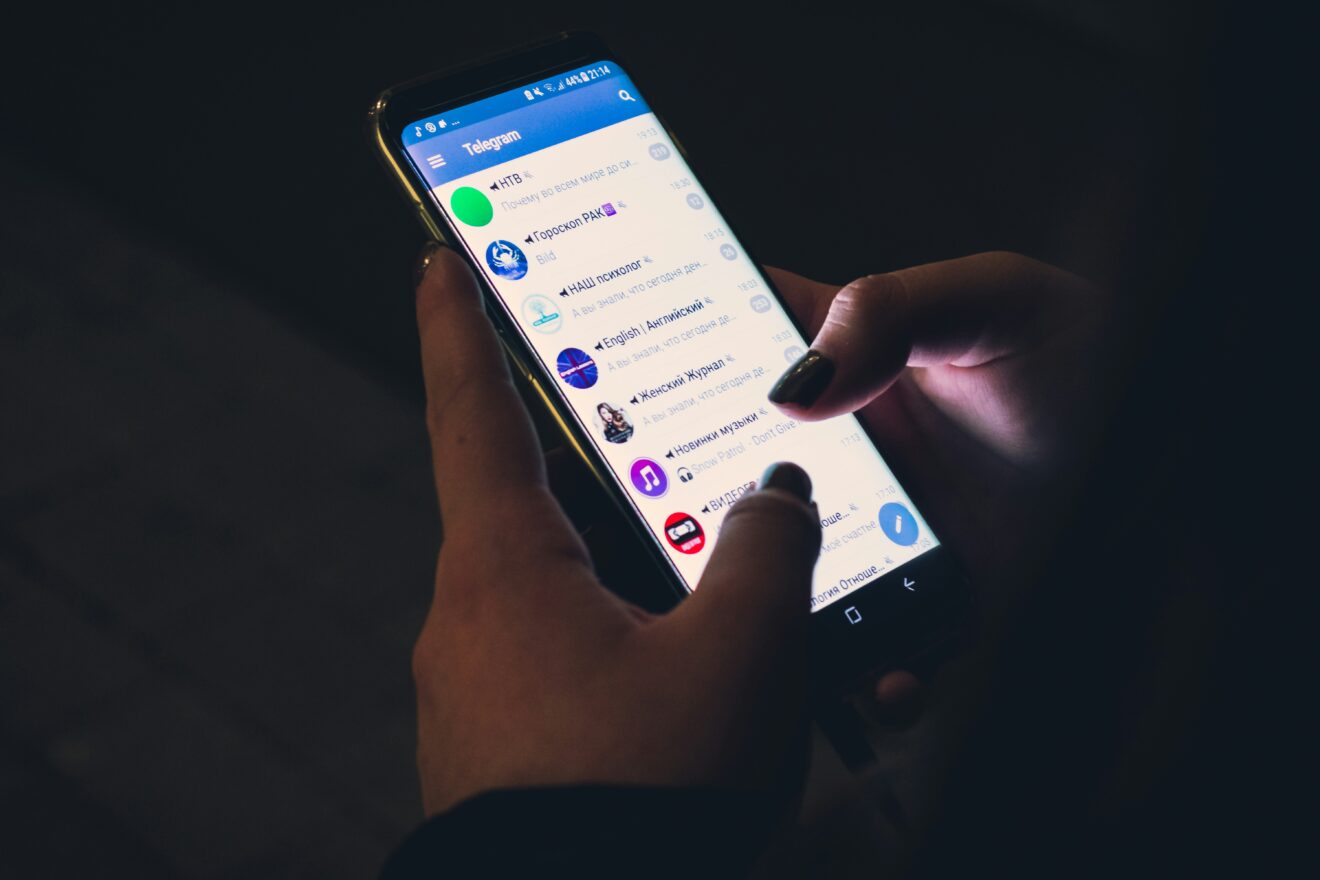Amidst tightening budgets in 2024, marketing teams are under extra scrutiny to prove that their work contributes to the bottom line. One area marketers can’t dismiss is dark social media activity. According to Capterra research, marketers say nearly half of their brand’s web traffic can be attributed to dark social channels.
Dark social media refers to the private sharing of content through channels such as Facebook groups, Instagram DMs and WhatsApp messages. As consumers grow more wary about their privacy online, they’re turning to closed spaces to share and engage with content. These key factors have driven the rise of dark social activity.
Marketers may be missing out on important brand conversations by not leveraging dark social media activity to their advantage. Capturing and attributing dark social traffic presents a great opportunity for marketers to demonstrate their value.
Here’s how you can embrace dark social media by optimizing content and improving how you’re tracking for these activities:
Optimize content for dark social media
Not only is the volume of dark social media activity up, but so is the trust in the content being shared on dark social. Consumers tend to put more stock in personal recommendations, so they’re more likely to trust the content shared with them through these private channels from people they know.
Marketers in Capterra’s survey estimate that 47% of all conversations about their brand or product happen on dark social media channels. Since these channels are a primary outlet for disseminating valuable brand information, it’s important to optimize content that encourages sharing and conversation:
- Tailor content that will resonate with specific audiences. Avoid generalized, overly broad messages. When you try to appeal to everyone, you connect with no one. Create valuable content to spark conversation and increase the likelihood of peer-to-peer recommendations. Relevance will help prevent content from getting lost in our culture of mindless scrolling.
- Use links to your advantage. Leverage UTM parameters and link shorteners in social media content that make sharing easy and help track site traffic from its origin point. Additionally, build in “share” buttons on web pages that allow for quick forwarding to other channels.
- Align your brand’s platform strategy where most dark social media activity occurs. In Capterra’s survey, 68% of marketers believe the highest occurrence of dark social conversations or sharing takes place in private social media pages or groups, followed by private messages inside native apps like Facebook Messenger and Instagram (62%). Despite the growing popularity of social media platforms like TikTok, these marketers believe most dark social activity takes place on mainstay apps like Facebook and Instagram.
Improve tracking to prove campaign value
Metrics determine whether marketing teams get resources or funding. However, a major hurdle marketers face is overvaluing a channel’s impact while underestimating the power of another.
Tracking dark social media activity is a prime example of the difficulties in accurate attribution. Given its private nature, most marketers say they’re not fully confident in accurately measuring the conversations taking place in these channels.
Here’s how you can apply common tactics other marketers are using to improve the tracking of these “invisible” conversations:
- Build a strong foundation with a data strategy. The most common challenges to accurately measuring dark social media activity are limitations to customer data or technology. Creating a long-term data strategy that outlines how data is collected and used will not only help improve your data capabilities but also inform potential technology investments.
- Refine Google Analytics. Separate out direct traffic to see where your audience is coming from. One place to start is by filtering out traffic to your homepage or easy-to-remember landing pages. This will help determine whether visitors to your brand pages likely reached your site directly, or if the traffic originates from another source.
- Ask your audience. Sounds simple, right? An easy way to gather feedback is to use “How did you hear about us?” forms on your website to ask how customers discovered your business.
- Leverage referral programs through influencer marketing. As brands invest more in influencer campaigns, one common way to measure dark social activity is to collaborate with influencers to use trackable codes or links in their content.
Despite the work required to navigate measurement challenges, the payoff is worth it: 55% of marketers say that effectively tracking dark social media activity will help demonstrate campaign value and 53% say it’ll have a positive impact on achieving long-term marketing goals.
Marketers see potential, but not enough action
Despite its appeal, 60% of marketers believe dark social media isn’t being leveraged efficiently in the industry and another 54% say their company isn’t taking it seriously enough.
Marketers may experience skepticism about prioritizing dark social activity, perhaps because of challenges in accurate measurement or its elusive nature. That’s why it’s important to get leaders on board early. Show how dark social activity ladders up to broader business objectives, and introduce tracking methods that can help improve measurement.
Dark social media activity may feel invisible, but its impact certainly isn’t. In fact, 81% of marketers say it will only continue to grow over the next year. Marketers can strengthen the defensibility of their work through better attribution of these dark social activities.
If you liked this article, sign up for SmartBrief’s free email newsletter on Marketing Innovation. It’s among SmartBrief’s more than 250 industry-focused newsletters.
Opinions expressed by SmartBrief contributors are their own.
